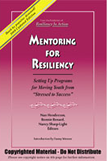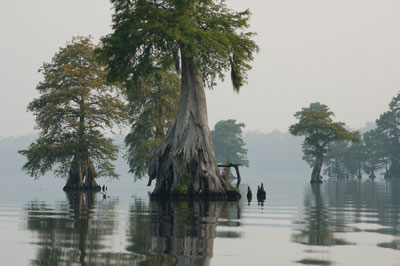 |
Sign up for Resiliency News and receive:
|
|
Note: We never allow access to the email addresses of our members under any circumstances. |
|
A Review of “Where the Crawdads Sing“
The character Kya in the book and movie “Where the Crawdads Sing” is an embodiment of studies of resilient kids. Research from psychology, sociology, and psychiatry document the factors that contribute to resiliency — so wonderfully portrayed in this story. Abused and abandoned as a small child, Kya winds up in adulthood with wisdom, strength and life success. Her example is instructive for all of us dedicated to helping traumatized children and youth.
 It is tempting to watch this powerful story, just released on Netflix, and think Kya is an exception. But according to the body of resiliency research, she is not. As resiliency pioneer researchers Drs. Steve and Sybil Wolin write in their excellent book, The Resilient Self: How Survivors of Troubled Families Rise Above Adversity, Kya demonstrates the finding that kids in traumatic circumstances do experience pain and have significant wounds, but in addition to “damage” many, if not most, also meet life’s adversities as “a challenge.” The Wolins admonish us to adopt the perspective of “the challenge model” which “recognizes each person’s capacity for self-repair.”
It is tempting to watch this powerful story, just released on Netflix, and think Kya is an exception. But according to the body of resiliency research, she is not. As resiliency pioneer researchers Drs. Steve and Sybil Wolin write in their excellent book, The Resilient Self: How Survivors of Troubled Families Rise Above Adversity, Kya demonstrates the finding that kids in traumatic circumstances do experience pain and have significant wounds, but in addition to “damage” many, if not most, also meet life’s adversities as “a challenge.” The Wolins admonish us to adopt the perspective of “the challenge model” which “recognizes each person’s capacity for self-repair.”
“Self-repair” could be considered a theme of this story. Completely abandoned, Kya sets about learning to survive on her own, and that surviving eventually turns to thriving. Just as resiliency research documents, she draws on her own inner qualities of perceptiveness (discerning how she can “make a living” even as a child), creativity (her art becomes her haven), perseverance, and love of learning. She also embraces the gift of her innate powerful connection to the natural world. And her environment also provides, often from unlikely sources, the most important environmental resiliency factor – caring and support. It comes from a husband and wife who run a local store, from a friend who later becomes a boyfriend, from a long-retired attorney who is moved to step up to help her, and eventually from publishers who see her amazing talent.
Too many helping professionals “steeped in the language of disease…and mastering an alphabet soup of symptoms and syndromes,” as the Wolins write in their book, would likely see Kya only as a compilation of so many abusive childhood experiences. Her story inspires all of us to follow dictates of resiliency research to meticulously look for evidence of strengths, gifts, and resiliency in the face of great adversity. Those qualities and gifts are lifelines to overcoming, and we must not only see them, but also water them, and do whatever else is needed to help them grow.



